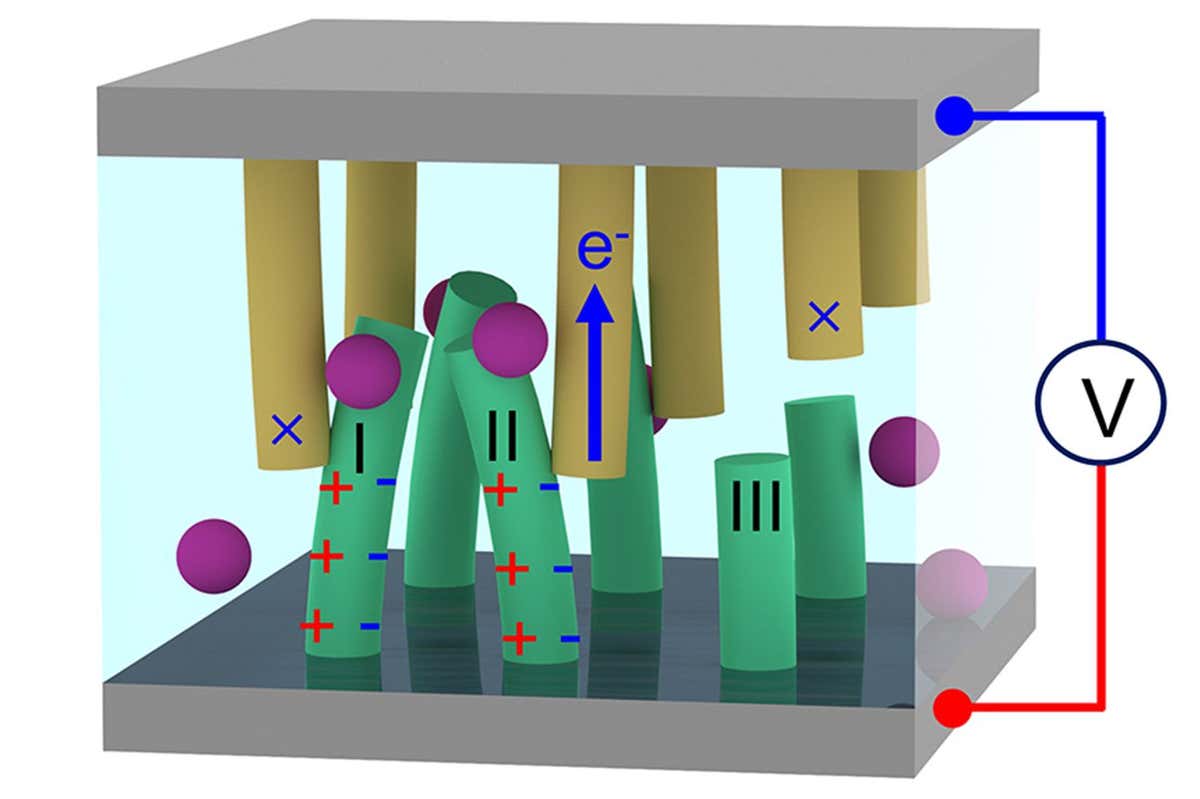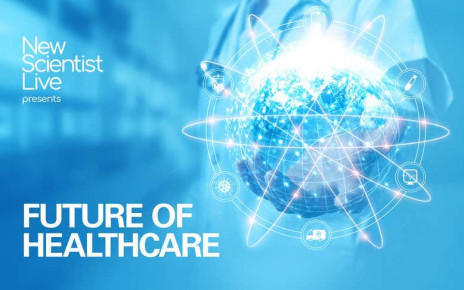[ad_1]

Electricity can be generated by using nanoscale fibres that respond to the movement of molecules in fluid
Martin Capek/Alamy
A miniature generator can convert the movements of molecules in room temperature liquid into electricity. The device could one day be used to power devices like medical implants or even small household appliances.
Molecules are constantly moving, thanks to the thermal energy they possess at temperatures above absolute zero, even if they appear still to the human eye. For example, at room temperature, the atoms in a glass of water are always jostling around.
“We thought it would be interesting and meaningful to see if this motion can be harvested and converted into electricity,” says Wei Li at Nankai University in China.
Yucheng Luan at start-up firm East Eight Energy in China, Li and their colleagues created an energy-harvesting device just 1-centimetre square, which consists of a top and bottom electrode with several 25-nanometre-wide strands of zinc oxide attached to each. The material was chosen for its ability to generate electrical charge under mechanical deformation.

Nanothreads attached to electrodes generate a small electric current as they are buffeted by moving molecules in this diagram of a molecular thermal motion harvester
Yucheng Luan and Wei Li
The device looks a little like two toothbrushes with bristles facing each other, says Luan.
The team submerged the device into a container of a liquid called n-octane – a hydrocarbon like propane or butane only with a longer chain of carbons and hydrogens – at room temperature. The molecules in the liquid bumped into the miniature strands of zinc oxide, says Luan, and the device generated a small voltage of 2.28 millivolts and a 2.47 nanoampere current.
“The next step is to see if other solvents or liquids can effectively power this device,” he says.
The researchers hope the device could be used to supply energy for nanotechnologies, such as tiny implants for drug delivery. They also want to scale up the technology to be able to power larger things.
“We hope people can use it at home. For example, to charge our phones or TV,” says Luan.
“[This demonstrates] that the mechanical energy arising from the thermal motion of the n-octane liquid molecules could be converted into constant electrical power at room temperature without the need of any other energy source,” says João Ventura at the University of Porto in Portugal. Although it generates only low voltages for now, it could lead to a clean and ubiquitous energy source for low-power devices, he says.
Topics:
[ad_2]
Source link




